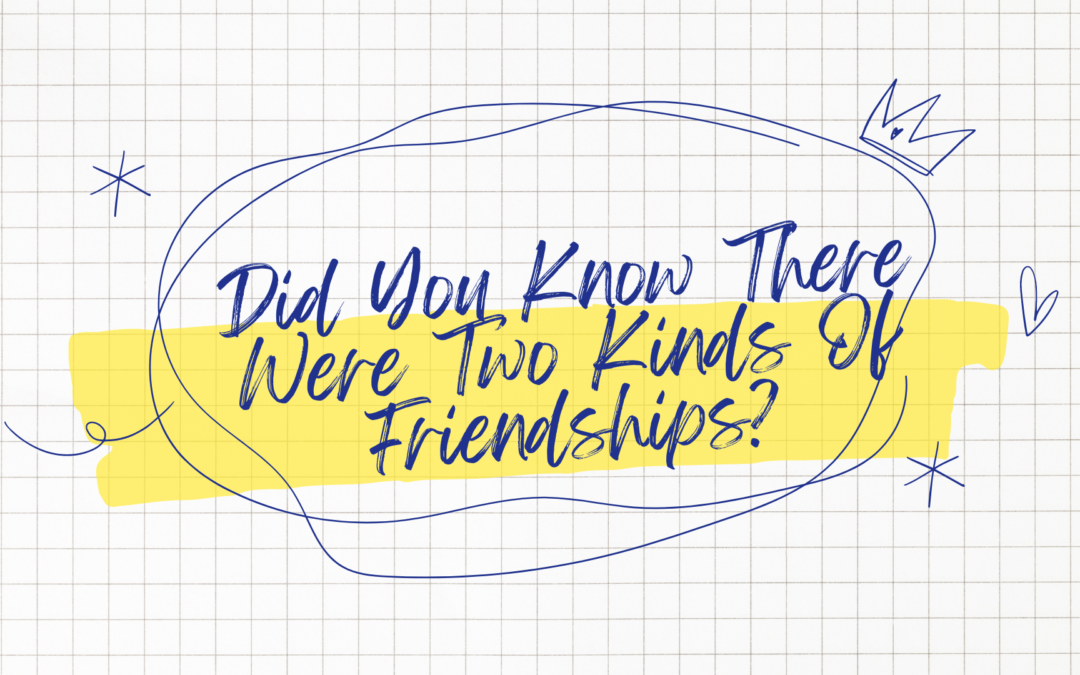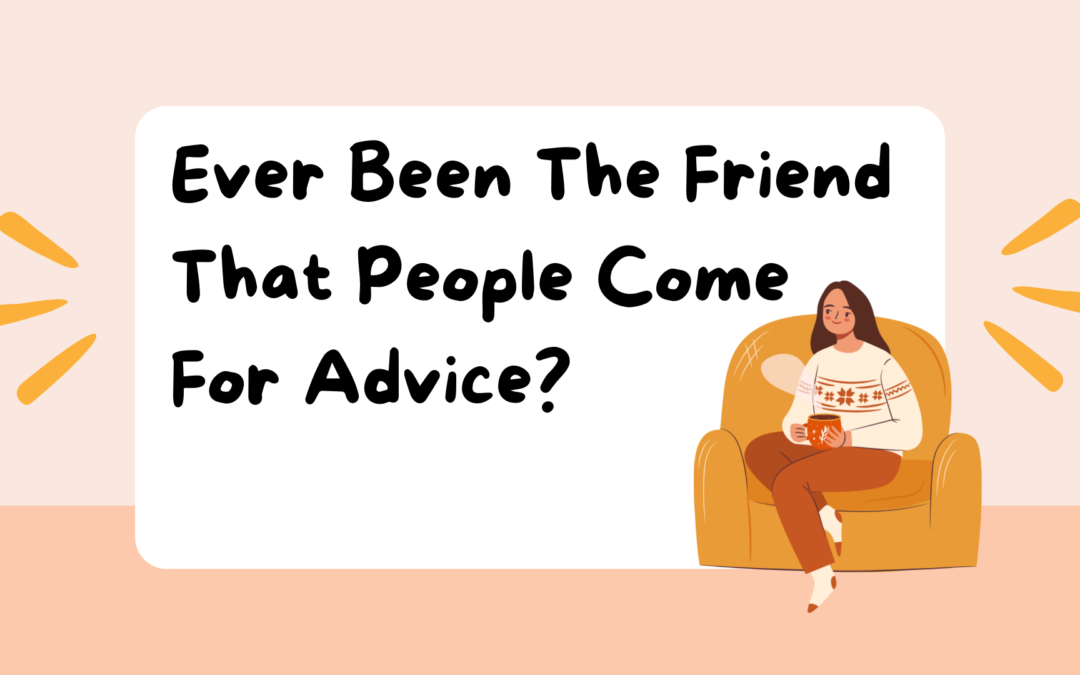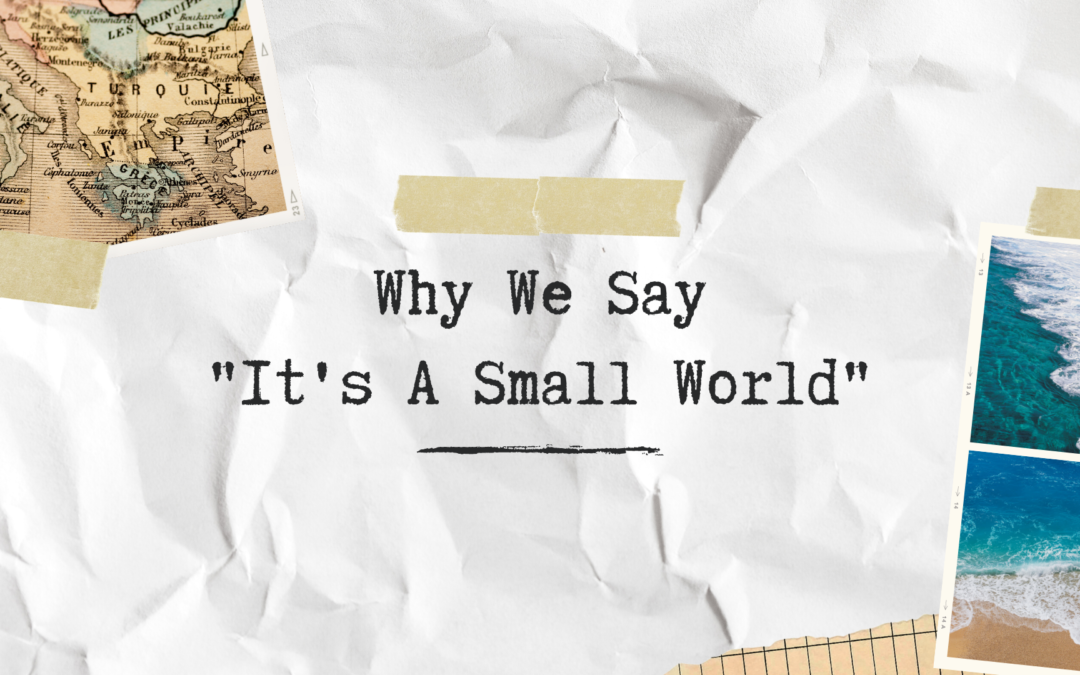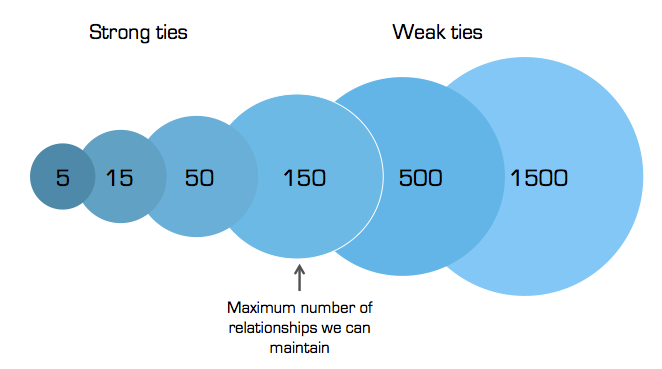
5 Ways To Add Novelty To Your Life
Over the past few weeks, with all my important exams and results done, my days start looking dull. I didn’t know what to do with all this free time on my hands. I felt pretty frustrated and bored outta my mind. I had all this extra energy but absolutely nothing interesting to put it towards. Things started to feel pretty… bleh.
As we go about our day-to-day lives, it’s easy to fall into a routine. We wake up, go to school or work, come home and do the same things we always do. And before long, this can start to feel a little monotonous. But it doesn’t have to be this way. There are plenty of ways to add a little bit of novelty into your life and make each day more interesting. Here are five ideas to get you started.
#1 Try out a new recipe
Trying out a new recipe can be a fun and delicious way to shake up your usual routine. Who knows? You might just find your new favorite meal. If you’re not sure where to start, try looking for recipes that use ingredients you already have on hand. That way, you can test out a new dish without having to make a special trip to the store. Then, it’s time to get cooking! Maybe this is the beginning of a delicious new adventure. Trying out a new recipe can be a fun and delicious way to shake up your usual routine.
#2 Read a new book
There’s nothing quite like cracking open a new book and losing yourself in its pages. Whether it’s a thrilling mystery, a touching romance, or an epic fantasy, a good book has the power to transport you to another world. Reading can also be a great way to learn new things or gain a different perspective on the world. And with so many different genres and styles of writing out there, there’s sure to be a book for everyone. So why not pick up something new and see where it takes you? You might just be surprised by what you discover.
#3 Take a new route to work/school or any other place you go regularly
Why not break up the monotony of your daily routine by taking a new route to work or school? It can be invigorating to explore new streets and discover hidden gems in your own neighbourhood. Plus, mix things up a bit and you may find that you get to your destination faster. Even better, taking a new route can help break the cycle of boredom that can accompany the same old daily routine.
#4 Start following a team in a new sport you don’t already follow
There’s nothing like the rush of supporting your favorite team. Whether they’re winning or losing, watching them compete always gives you a thrill. And when they come out on top, it’s the best feeling in the world. If you’ve never followed a team before, now is the time to start. Just pick a sport you’re interested in and find a team to root for. It’s easy to get caught up in the excitement of following a team, so make sure to choose one you really care about. That way, you’ll always enjoy watching them play.
#5 Visit a market
When things get dull, markets can really cheer you up. You don’t even have to buy anything. Luck for us, we have all kinds of markets in India – book markets, furniture market, antiques market, clothes market, general stores. There’s something for everyone. And even if you don’t find anything you like, it’s always fun to browse and see what’s out there. So next time you’re feeling bored, take a trip to your local market and see what treasures you can find.
I hope that at least one of these ideas has sparked your interest and given you the push to try something new. It can be tough getting out of a rut, but adding some novelty to your life is nothing short of exhilarating. So what are you waiting for? Pick one (or more!) of these activities and get started! Which will you choose first?






